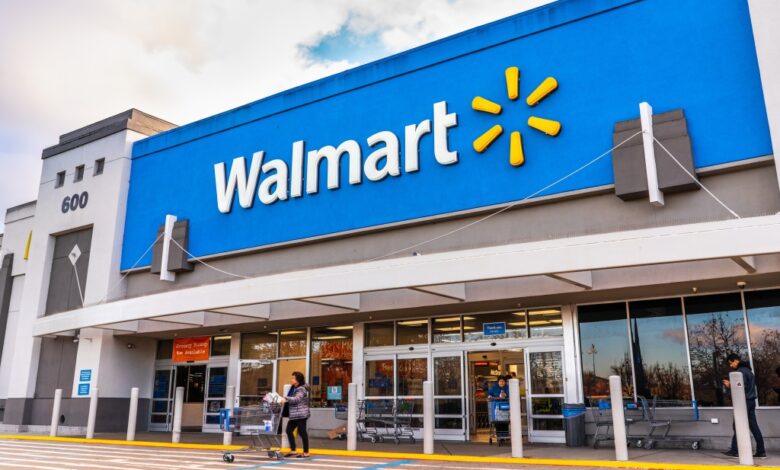Walmart rival gaining ground in affordable pricing

While Walmart is still seen as the price leader in the grocery industry, its rivals aren’t far behind.
In a recent report, Telsey Group analyzed online grocery prices across seven retailers including Walmart, Target, Amazon Fresh, Kroger (King Soopers), Albertsons (Safeway), Sprouts, and Whole Foods (via Amazon) in Denver, Colorado. Analysts specifically looked into 40 key items across two categories, including “several premium items.”
Telsey Advisory Group Senior Managing Director Joe Feldman told FOX Business that Kroger and Target, which usually trade off in the number two spot, have slightly “narrowed the gap with Walmart” and are less of a price premium to the Arkansas-based retailer than they used to be.
Last June, Target and Kroger were at a 14% to 15% premium to Walmart. Today, that figure is sitting around 6% to 7%.
However, what’s even more interesting, according to Feldman, is the price drop at Amazon Fresh.
A year ago, Amazon Fresh was 26% more expensive than Walmart. Today, it’s just 7.5% more expensive, underscoring how they’ve been working pretty aggressively to get their prices down, according to Feldman.
Consumer package goods companies, or CPG companies, are taking on some of the costs to help with those price cuts, according to Feldman, who noted that its good news for the consumer.

With these CPG companies helping to drive down price, major grocers
“are able to really be aggressive and, you know, price competitively for the consumer.”
Food at home prices, otherwise known as groceries, are still about 20% higher than in 2019. However, overall inflation has dropped significantly from the highs seen in 2022.
In May, the cost of food rose only slightly, up 0.1% over the course of the month, and grocery prices were unchanged.
Grocery prices are one of the biggest reminders of household inflation alongside gas prices.
Those “are the two things that they look at most. And they see it, you know, every day [or] every few days. And when those prices start to moderate, the consumer can feel a lot better about how things are going,” Feldman said.




